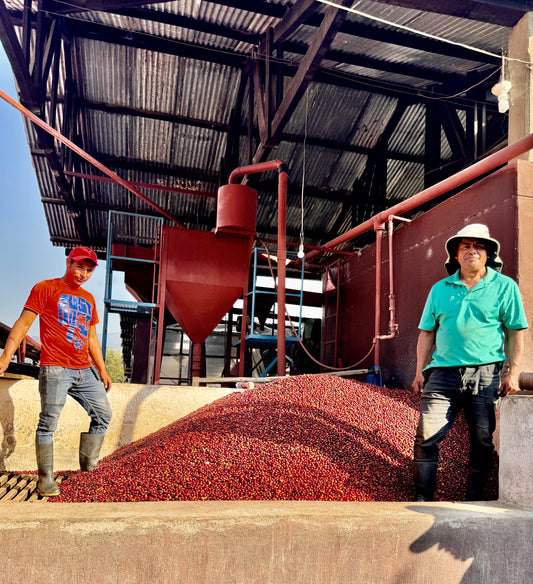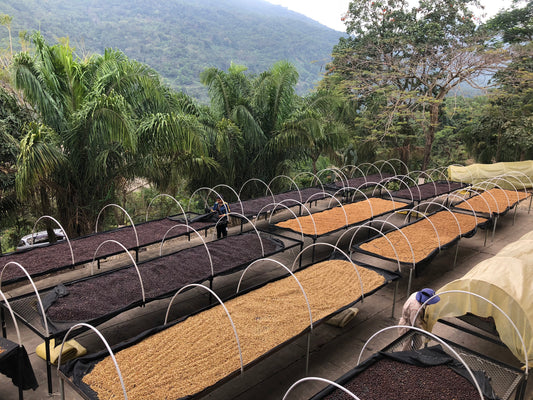The Journey of Coffee: Harvesting, Drying and Wet Milling Coffee
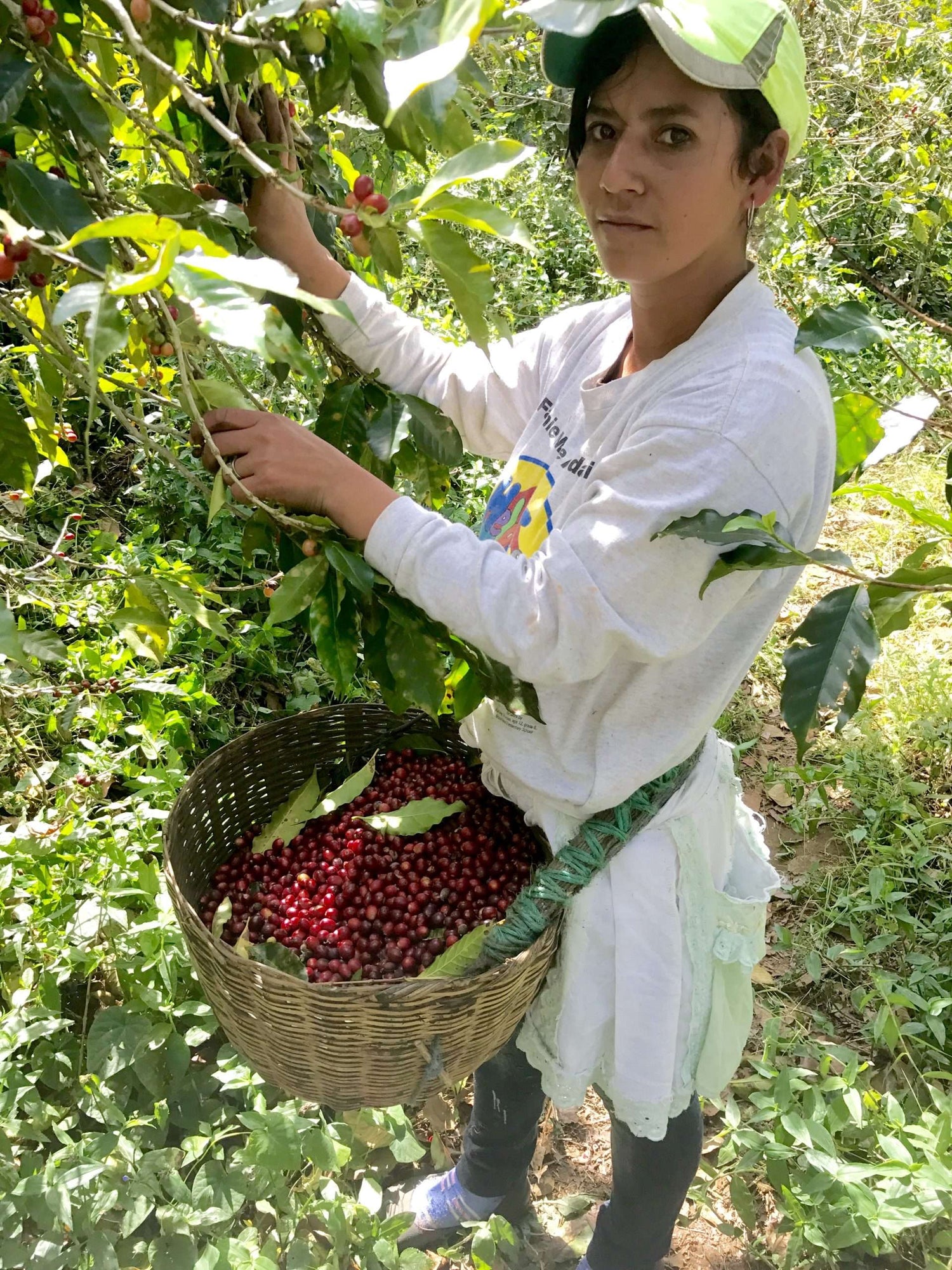
Coffee, the magical brew that kick-starts our day and keeps us going during those long work hours, has a fascinating journey before it reaches our cups. The journey of coffee: Harvesting, drying and wet milling coffee involves several hundred different people. It begins at the farms with the harvesting of coffee cherries, followed by the drying process, and finally, the wet milling of these beans. Each of these stages plays a crucial role in shaping the flavor and quality of the coffee we love and cherish. Read below to begin to understand why Fratello Coffee Roasters takes so much pride in working directly with coffee producers who are as passionate about growing coffee, as we are roasting it.
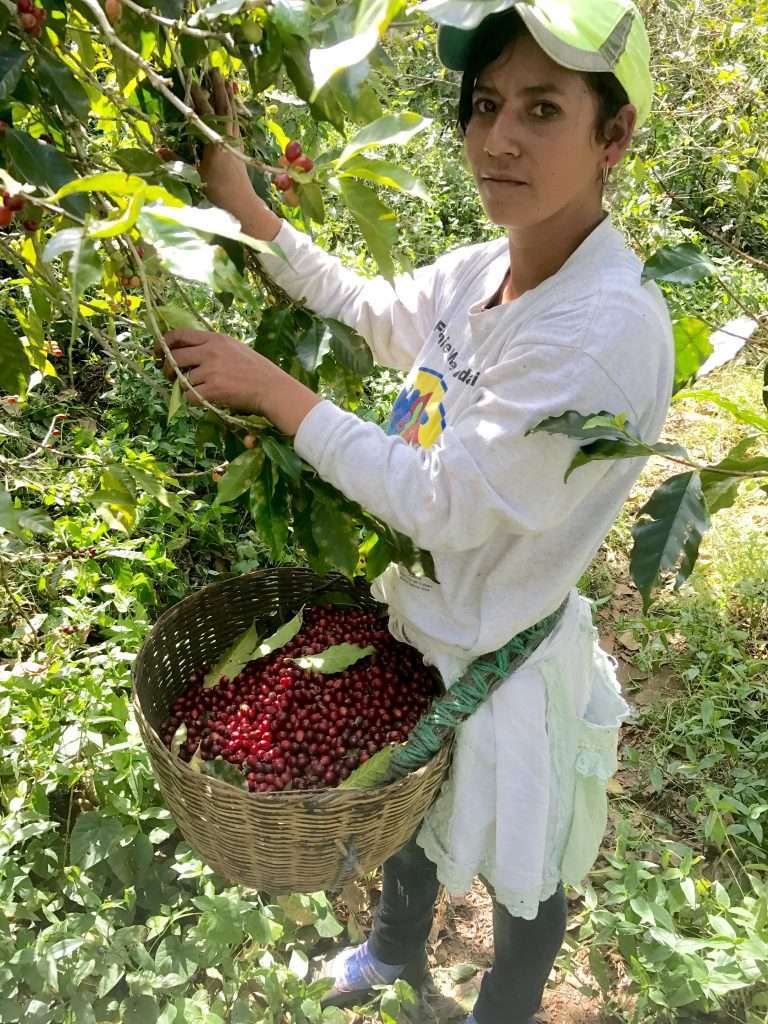
Coffee Harvesting: A Closer Look
The harvesting of coffee cherries is the first step in the journey of your coffee from the farm to your cup. This process is much more complex and labor-intensive than it might seem, especially when it comes to high-quality Arabica coffee.
Arabica coffee plants are typically grown in high-altitude regions with a cool climate and rich soil. These conditions are ideal for producing coffee with a wide range of flavors. However, they also mean that the coffee cherries do not all ripen at the same time. In fact, on a single Arabica coffee plant, cherries can be at different stages of ripeness. This poses a unique challenge during the harvesting process.
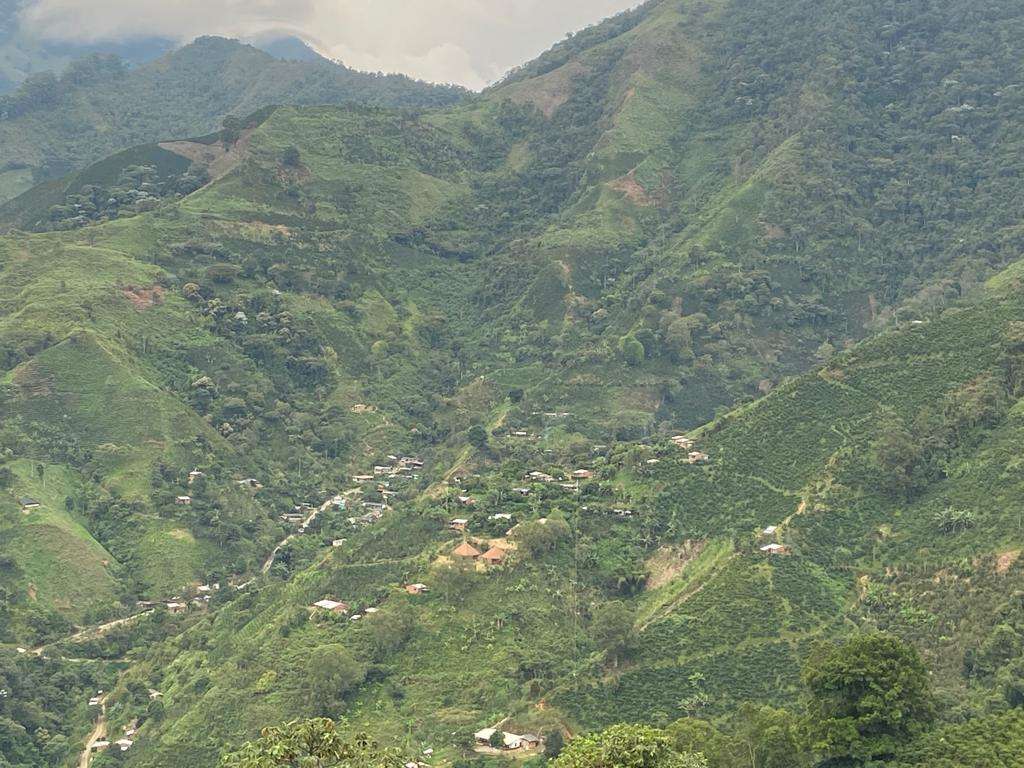
To ensure the highest quality, Arabica coffee is often hand-picked. This method allows the pickers to select only the cherries that are at the peak of ripeness. Unripe cherries are left on the plant to ripen and are picked during subsequent rounds of harvesting. This selective picking process is labor-intensive and time-consuming, but it is crucial for maintaining the quality of the coffee.
In a single harvest season, a coffee plant can be picked several times. Each round of picking usually takes place every 10 days to two weeks, which is the time it takes for new cherries to ripen. This means that during a harvest season, which can last several months, a coffee plant might be picked over ten times.
The reason for this meticulous, labor-intensive process is simple: flavor. Coffee cherries that are picked at the peak of ripeness have the perfect balance of acids and sugars, which translates into the complex flavors and aromas that are characteristic of high-quality Arabica coffee. Unripe or overripe cherries can have a negative impact on the flavor, which is why they are carefully avoided during the selective picking process.
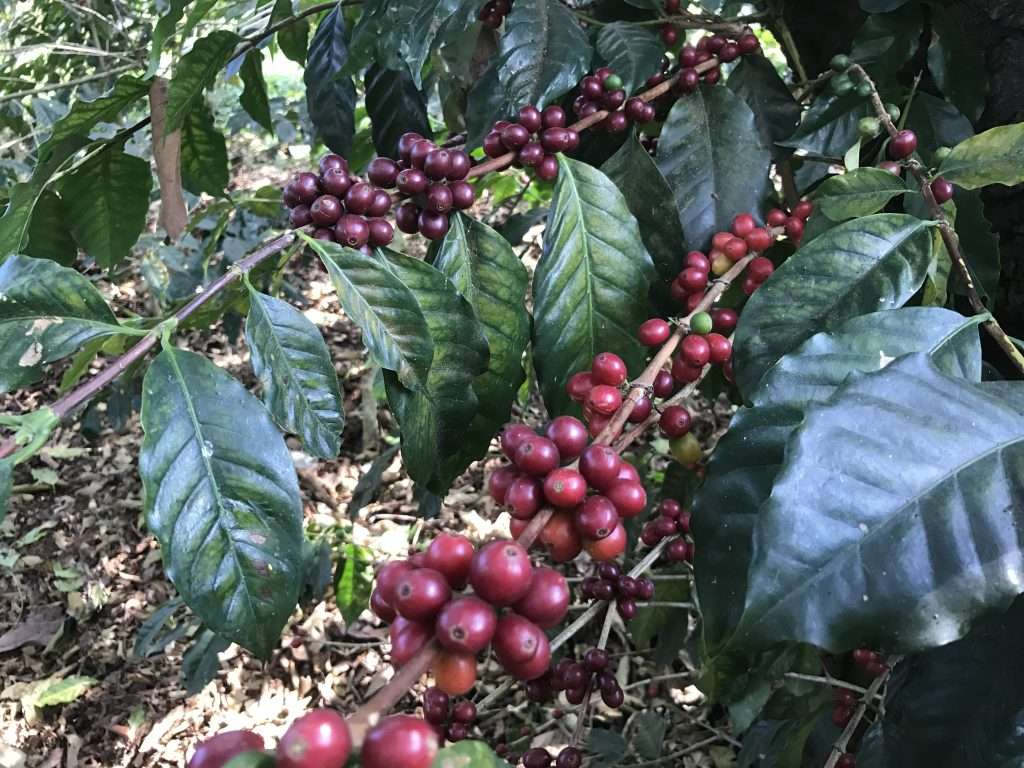
Drying Green Coffee Beans
Once the coffee cherries are harvested, they are then dried to reduce their moisture content. This is a crucial step, as the right moisture level is necessary to prevent the beans from spoiling and to prepare them for storage and shipping. There are several methods of drying coffee cherries, including:
- Sun drying: The cherries are spread out in thin layers and turned regularly to ensure even drying. This process can take up to several weeks.
- Machine drying: In regions where the climate is less predictable, or for larger operations, machine drying is used to speed up the process. The cherries are placed in large tumbling machines where heated air dries them.
- Combination drying: Some producers use a combination of sun and machine drying. The cherries are sun-dried until a certain moisture level is reached, and then machine-dried to finish the process.
Each of these methods has its own impact on the final flavor of the coffee. For a more detailed explanation of these drying methods, check out our previous post on coffee drying methods.
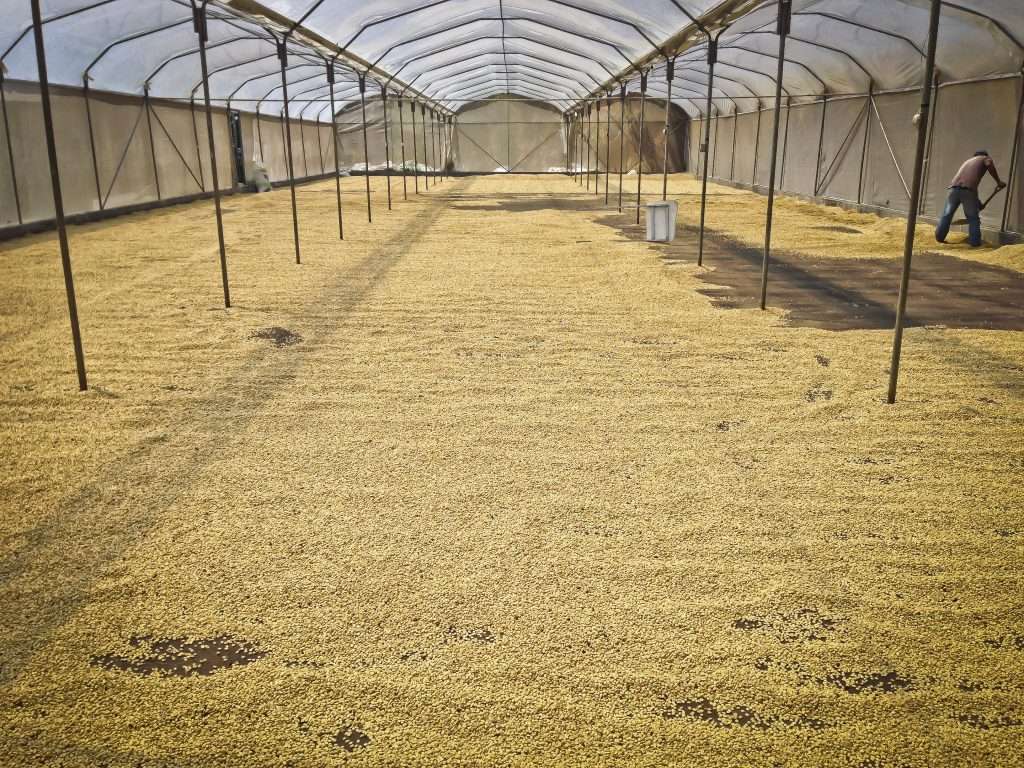
Wet Milling Green Coffee Beans
After the coffee cherries are harvested and dried, they undergo the wet milling process, also known as the washed process. This is a meticulous and intricate process that plays a crucial role in determining the final quality and flavor of the coffee.
The wet milling process begins with the immersion of the dried cherries in water. Water is not just used for the sake of hydration; it serves a dual purpose. First, it helps in loosening the pulp or the outer skin of the cherries. Second, it acts as a preliminary quality control step. The ripe and high-quality cherries sink in water while the underripe or defective ones float and are removed.
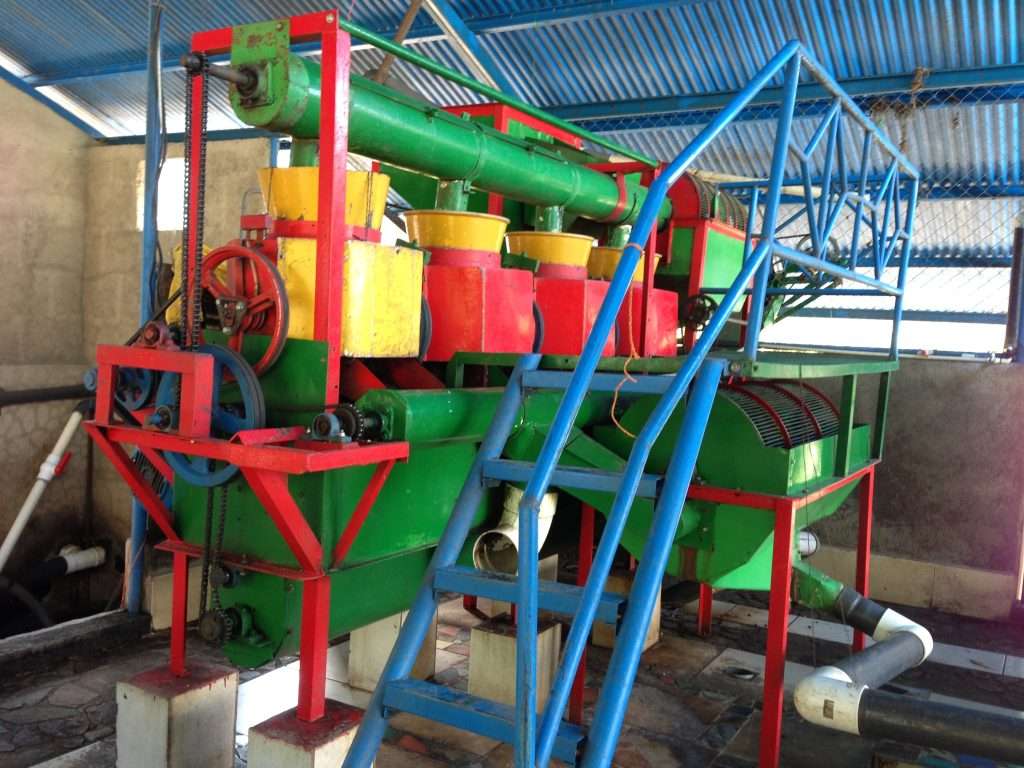
Once the cherries are soaked, they are passed through a depulping machine. This machine is designed to strip off the outer skin and pulp from the cherries, revealing the coffee beans which are still encased in a layer of mucilage. The mucilage, also known as honey, is a sticky, sugary layer that needs to be removed before the beans can be dried.
The removal of mucilage is a delicate process that involves fermentation. The depulped beans are transferred to fermentation tanks, where they are left to ferment in water. The fermentation process can take anywhere from 24 to 48 hours, depending on the climate and altitude. During this time, naturally occurring microbes break down the mucilage, making it easier to wash off.
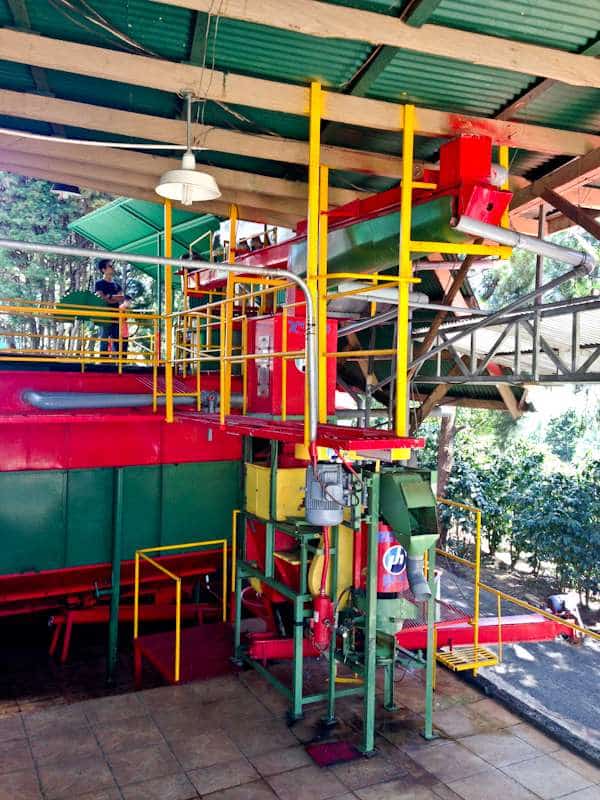
It’s worth noting that the fermentation process needs to be carefully monitored. If the beans are left to ferment for too long, they can acquire a sour taste. On the other hand, if the fermentation is too short, not all the mucilage will be removed, which can also affect the flavor of the coffee.
After the fermentation process, the beans are thoroughly washed to remove the remaining mucilage. This is usually done in washing channels, where the beans are agitated with rakes. The clean, washed beans are then separated from the water by using a series of screens.
The beans are then dried again to bring down the moisture content to a level suitable for roasting. This can be done either in the sun or using mechanical dryers. The drying process can take several days and the beans need to be regularly turned to ensure even drying.

The wet milling process contributes to the clean, bright flavors that are characteristic of high-quality, washed coffees. It’s a labor-intensive process that requires a lot of skill and knowledge, but the result is a coffee that is often considered superior in terms of its clarity and flavor profile.
Conclusion
The journey of coffee from the farm to your cup is a complex and fascinating one. Each stage of harvesting, drying, and wet milling plays a crucial role in creating the flavors and aromas that we associate with our beloved brew. So, the next time you sip your coffee, take a moment to appreciate the journey it has taken to reach you.


